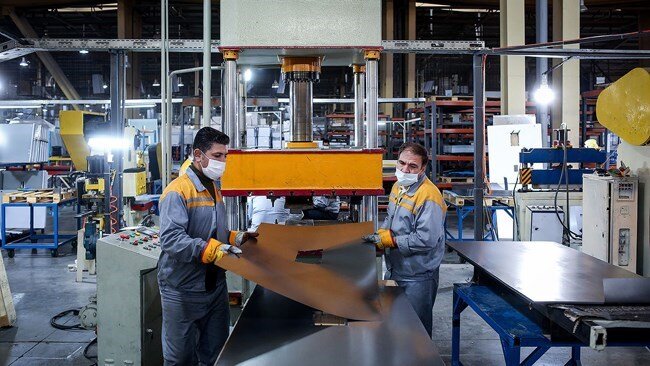Iran’s monthly PMI remains above threshold

TEHRAN - Iran’s Purchasing Managers' Index (PMI) for the fiscal month of Farvardin (March 20 – April 19, 2024) has remained above the threshold (above 50), the latest report by the Iran Chamber of Commerce, Industries, Mines and Agriculture (ICCIMA) showed.
Affected by the two-week Persian New Year holidays, the new PMI was reported at as low as 39.6, while after seasonal adjustments and removing the effects of the holidays, the PMI reading for this month was estimated at 51.5 which indicates an improvement in the Iranian economy.
The findings of the ICCIMA survey indicate that the Iranian economy continued to thrive but with a lower slope compared to figures from the preceding months.
It seems that the shortage of raw materials will seriously affect Iran’s economic conditions, especially the country’s industrial sector within the next few months.
The ICCIMA Statistics and Economic Analysis Center, the sponsor and coordinator of the survey, announces the whole economy's PMI data in a report every month.
The headline PMI is a number from 0 to 100, such that over 50 shows an expansion of the economy when compared with the previous month. A PMI reading under 50 indicates contraction and a reading of 50 implies no change.
PMI is an index of the prevailing direction of economic trends, aiming to provide information about business conditions to company directors, analysts, and purchasing managers.
The “business activities” sub-index was reported at 60.41 in the month under review. Although the seasonal adjustment improves the figure to 49.0, the index has witnessed a significant decline.
Even after the seasonal adjustment, the “raw material inventory” sub-index was reported at 49.7 which is down from that of the preceding month.
The seasonally adjusted reading of the “raw materials price” sub-index (72.3) is indicative of a remarkable improvement compared to a month earlier. This sub-index has been above the threshold (above 50) over the past 12 months, marking a continuous growth in raw material prices.
The “Employment” sub-index was put at 52.0 after seasonal adjustment. Although this sub-index has been improving over the past six months, the conditions differ for different levels of skill.
Statements by economic activists and other existing evidence indicate that high inflation and continuous pressures of living costs have caused unskilled laborers to be reluctant to work at the current wage levels, leading to serious problems for some economic sectors.
The “price of goods and services” sub-index has been reported at 56.3 after seasonal adjustment which shows an increase in the prices of goods and services compared to the preceding month. Increased prices of goods and services seem to be a result of a rise in prices of raw materials.
EF/
Leave a Comment